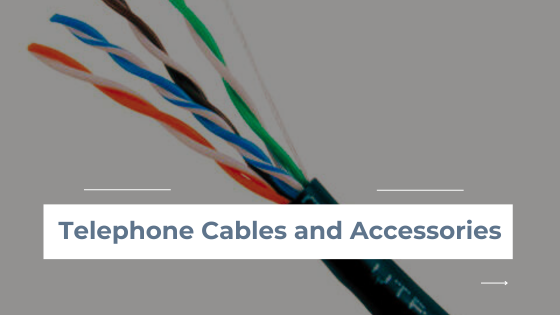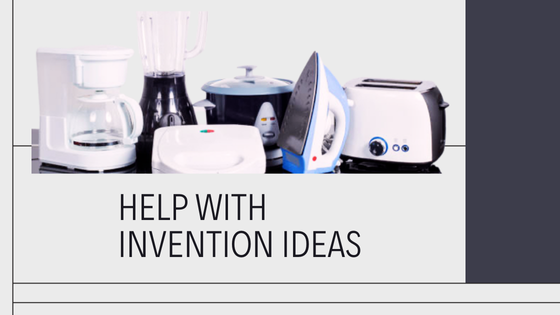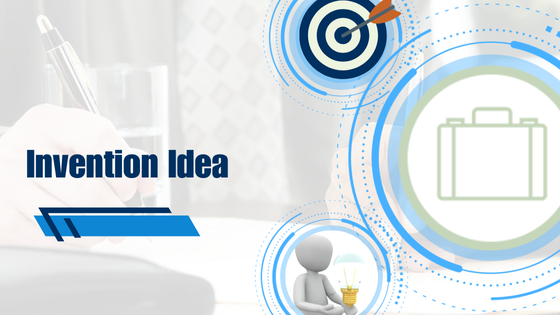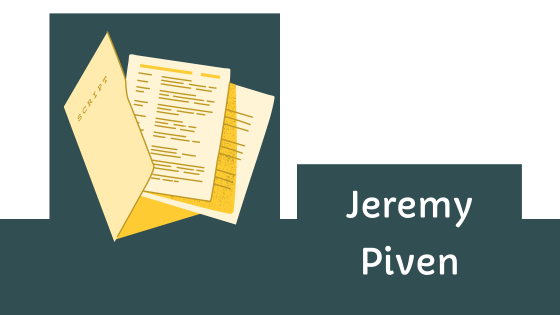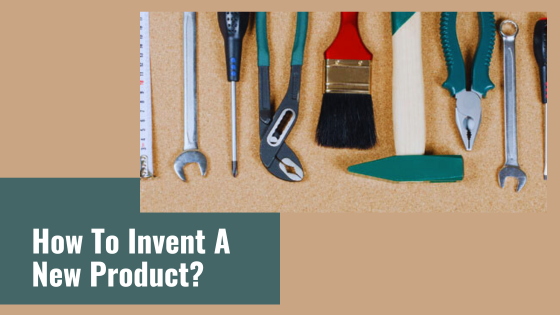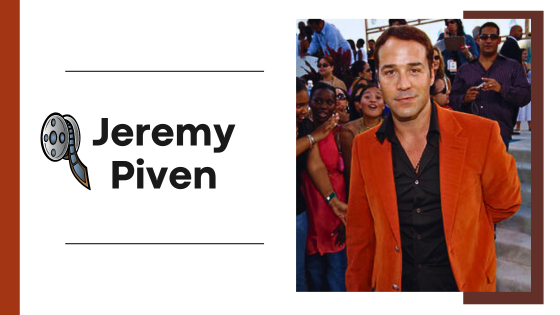The Role of Piven Theatre Workshop in Shaping Jeremy Piven’s Acting Career
Bold, eclectic, and multitalented, Jeremy Piven has displayed a remarkable range of performances from comedy to drama. Notably, the foundation of his acting prowess was laid in a primarily theatrical setting at a young age. The crucial role in this formative journey was played by the Piven Theatre Workshop, a space that not only honed his skills but also deeply influenced his artistic expression.
Early Years: The Roots of Piven Theatre Workshop
Founded by Piven’s parents, Byrne and Joyce Piven, the Piven Theatre Workshop in Evanston, Illinois, has a storied history of nurturing young artists. Growing up around the workshop, Jeremy was exposed to a highly creative environment that fostered his passion for acting. Being rooted in such an environment not only resulted in Jeremy gaining hands-on experience from an early age but also helped him understand acting as both an art form and a means of expression.
Finding Artistic Expression: The Influence of Piven Theatre Workshop
The Piven Theatre Workshop, noted for its focus on storytelling through theatre games and improv, played a massive role in shaping Jeremy Piven’s unique approach to his craft. It was here that Piven honed his ability to improvise and build characters from a place of instinct and honesty – skills that would later become his trademark.
The Workshop’s emphasis on ensemble work and cooperation also deeply influenced Piven. It helped shape his understanding of acting as a collaborative process, a lesson he carried into his professional career, successfully forming dynamic on-screen relationships with co-stars.

From Workshop to Hollywood: The Lasting Impact
As Piven transitioned into roles within Hollywood, the impact of the training he received at the Piven Theatre Workshop was palpable. His organic delivery, truthful character portrayals, and ingenious improvisation skills set him apart. Whether it was the eccentric Ari Gold in “Entourage” or the charming Harry Selfridge in “Mr. Selfridge”, traces of his theatrical training were evident in each performance.
To this day, Piven attributes much of his success to his early years at the workshop, continually recognizing the importance of the safe, enriched environment it offered. As a testament to his enduring connection to his roots, he often returns there to teach, nurturing the next generation of talent and sharing the artistic wisdom he inherited and developed.
To learn more about what happened to Jeremy Piven and what he’s up to now, there are a lot of resources online.
Conclusion
In conclusion, the Piven Theatre Workshop fundamentally shaped Jeremy Piven’s acting career, arming him with a deep understanding of the craft and a unique set of skills that he continues to utilize in his work. Its impression on Piven extends beyond just acting technique, it’s a space of self-discovery, exploration, and personal growth. This lifelong connection signifies the very essence of Piven as an artist—rooted in honesty, collaboration, and instinctive storytelling.
